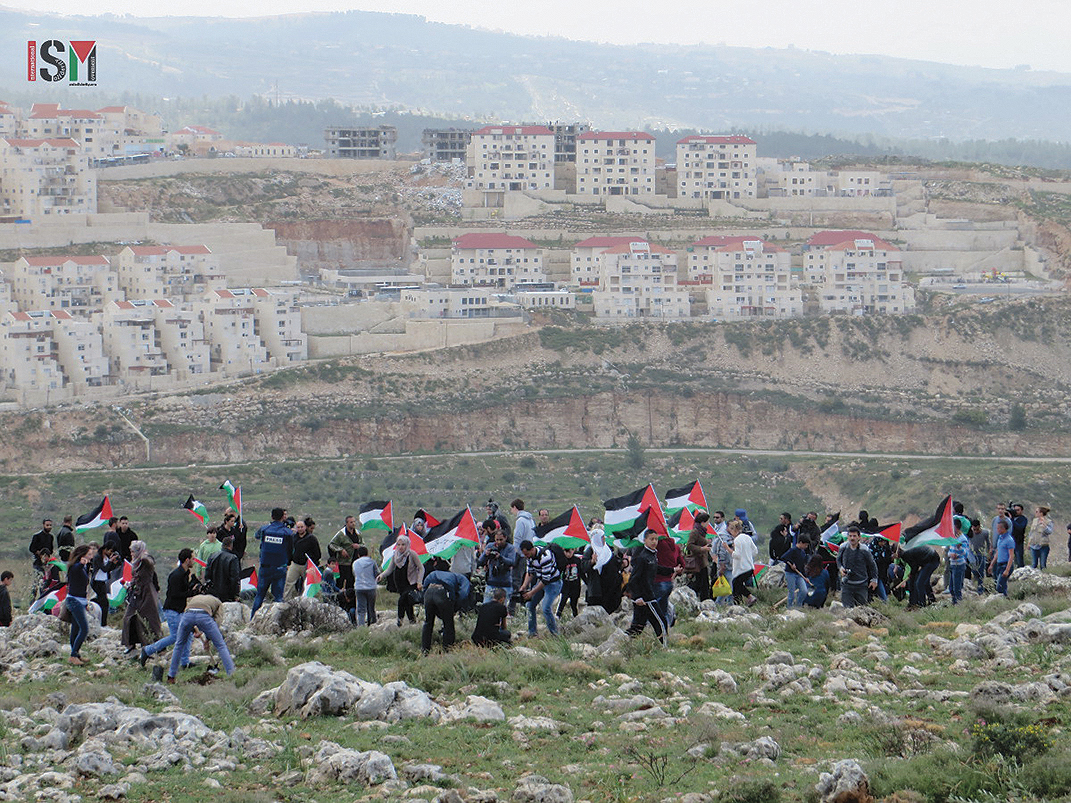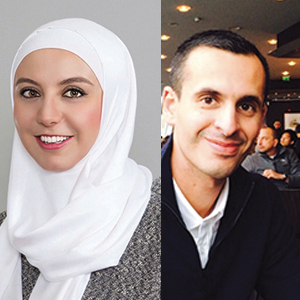
When Aristotle (384–322 BC) defined phronesis as an intellectual virtue of wisdom in determining both the ends and the means to attain them, he certainly could not expect that phronetic planning research (in which insights are developed through the detailed analysis of particular processes) would be necessary to comprehend the planning crisis that affects post-1967 Palestine. Israeli policies on the ground have, by and large, been implemented to serve an expansionist project in which the everyday is often an instantiation of multiple episodes of contradictions and struggles. Only with a probe look into these policies can one understand the colonization processes that have been employed over the last five decades, confiscating and appropriating Palestinian land, evicting its people, and depopulating its rural lands. This piece tries to draw a nuanced picture of this troubled planning situation.
As soon as the Israeli forces completed the military occupation of the Gaza Strip and the West Bank, including East Jerusalem, they started unabatedly to enforce a new policy, creating a new reality on the ground. On the third day, the Maghrabi Quarter in the Old City of Jerusalem was demolished under the false claim that its 650 residents were living in slum conditions, when in fact the reason was to make way for a plaza below the Western Wall and an open-air synagogue. Similar efforts have aimed to fabricate a geographic reality in favor of Jewish supremacy, implemented especially in Jerusalem and its environs. By 1970, Israel had managed, through a series of expropriation acts, to seize an area almost three times larger than Arab East Jerusalem prior to 1967. In the areas surrounding East Jerusalem, Israel had built up settlements that covered an area of more than 10.5 square kilometers. Over time, Israeli settlements have increased in size and significance, controlling now more than 8.5 percent of the West Bank, mainly due to the support and enabling environment provided by the Israeli planning system.
Day after day, the Israeli occupation creates obstacles and challenges that resolutely deny the basic human rights of Palestinians. For instance, Palestinians cannot register their lands or participate in the plan-making processes related to their communities, whereas Israeli settlers have a say in planning their settlements. In a few cases, Israeli authorities presented plans for the spatial organization of Palestinians, but they were rarely inclined to respond to the expressed suggestions and needs of Palestinians. A closer look into such plans reveals that the intention has been to confine Palestinian growth and reserve the lands and natural resources for the Israeli expansionist settlement project. By pretending to cooperate with Palestinian communities, Israel aims to appear concerned about Palestinian aspirations, without actually conceding sovereignty over the land. During years of aggression, Palestinians have remained suspicious of these nefarious plans, but they refused to concede to the threat of such a bleak scenario.

A discipline of details has always been needed to comprehend the bigger picture. The stagnant peace process that started with the Declaration of Principles (DoP) in 1993, often made the prevailing planning practices ambivalent at best, and dismissive at worst, concerning concrete spatial development towards sustainability. Since the signing of the DoP, more than 4,000 Palestinian structures have been demolished, and the number of pending demolition orders is estimated at 22,000, more than half of which are in East Jerusalem alone. Further sobering facts reveal that more than 750,000 trees have been uprooted, i.e., over 4.5 times more than the total number of trees in the 8 Royal Parks inside Greater London, including Greenwich and Hyde parks.
♦ Planning should be a tool used to achieve human rights not to deny them. Israeli planning policies in the occupied Palestinian territory have been founded on a military agenda irrespective of local people’s needs and aspirations. The effects of this military agenda are still experienced today in the politically occupied and militarily besieged Gaza Strip, which is totally blocked by Israel and which has the fifth-highest population density of any territory on earth.
The result of these practices has been a forced and accelerated urbanization process. While urbanization in and of itself is a positive development, care has to be taken that proper tools are used and fit-for-purpose approaches are utilized that are poverty- and gender-responsive, and environmentally friendly. The Israeli occupation is indeed an urban-centric project. The number of Israeli settlements in rural areas of the West Bank is almost twice the number of settlements in its urban areas, but in the “urban” settlements there are almost eight times as many settlers as in the “rural” settlements. Analysis reveals that areas taken up by Israeli settlements exceed those of Palestinian communities in eight out of the eleven West Bank governorates. Whereas inside Israel proper, the urbanization rate stands at 91.9 percent, urbanization among Palestinians has witnessed an unprecedented increase of more than 300 percent over the last five decades. Clearly, the 630,000 Israeli settlers who occupy the West Bank are a threat to the harmonious urbanization of Palestine. Palestinian society has been urbanizing rapidly largely due to the geo-political conditions and developments on the ground, but this fast pace is not sustainable. As of today, the population of the Palestinian territory is 74 percent urban (69 percent in the West Bank and 81 percent in the Gaza Strip), which is much higher than the average figures for the Arab states and the world, which stand at 57 percent and 51 percent, respectively. The period after the eruption of the first Intifada witnessed less urbanization in the West Bank. But since the second Intifada, increased daily violence, restrictions on movement, dispossession of land, and the curtailing of economic activities caused by Israeli practices has led to a relatively high outflux of the West Bank population. The urbanization trend has mainly affected smaller Palestinian communities and has caused a population decrease of almost 50 percent in communities with fewer than 2,500 inhabitants. High outflux rates to areas and countries outside the West Bank (emigration) have been coupled with a silent influx by small rural communities to large urban communities (migration).
This analysis is a key element in understanding the context and is crucial in order to realize the transformative power of urbanization that could support the Palestinian flagship project of building a Palestinian state. In October 2016, along with 191 states, both Palestinians and Israelis signed on to the New Urban Agenda adopted in Quito, Ecuador. This document outlines how cities and communities need to be planned and managed in order to promote sustainable urbanization. The Israeli planning system in the occupied Palestinian territory needs to be dismantled altogether if sustainable urbanization is to be achieved, and Palestinians must be enabled to resume full planning jurisdiction and authority over land, natural resources, and regulatory frameworks. Members of the international community are asked to curb and reverse the settlement drive that has been sweeping across the occupied territory, and to advocate for the lawful right of Palestinians to plan for a better future.
» Anjad Hithnawi and Ahmad El-Atrash share both profession and life together. Anjad is an architect and planner with experience in working with universities, INGOs, the UN, and the Palestinian Authority. She finished her postgraduate studies at the University of Nottingham, UK, and Massachusetts Institute of Technology, USA. Ahmad is an engineer and planner with solid experience in working with think tanks, research institutes, and development partners, including the UN. He received his PhD from TU-Dortmund University, Germany.


